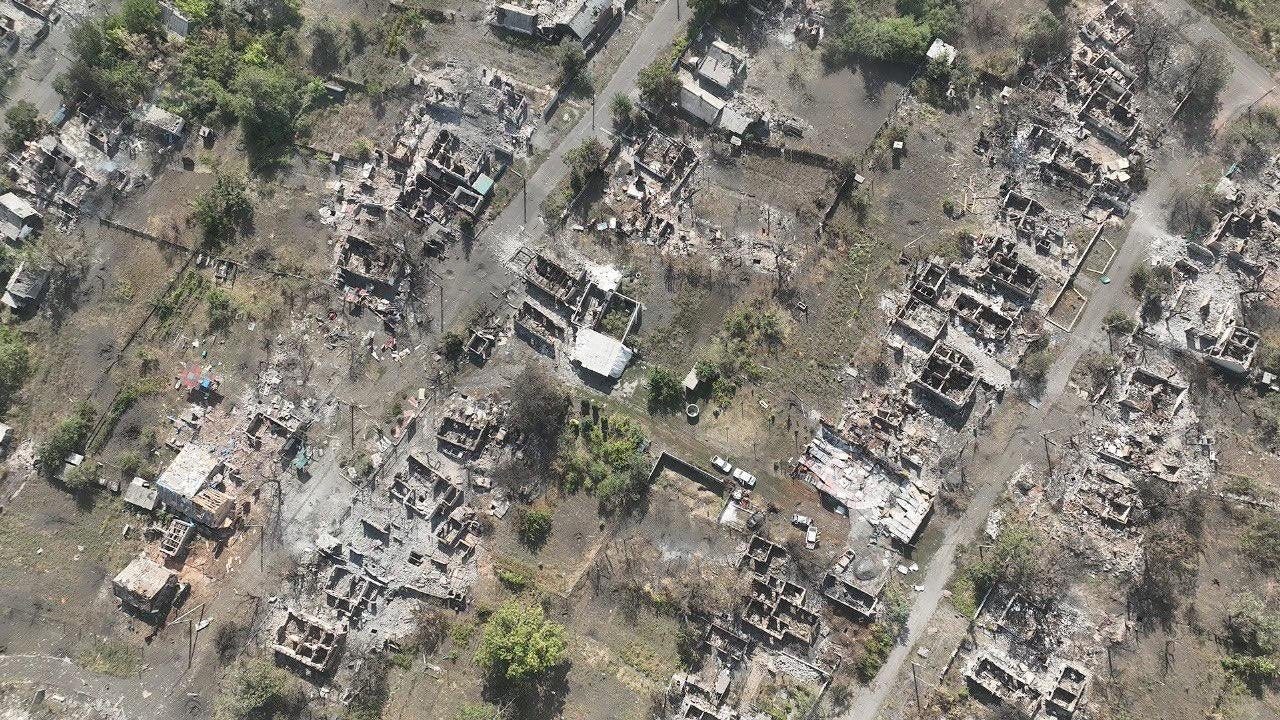Russia Lost the Equivalent of 10 Brigades Marching on Pokrovsk
But shocking losses didn't halt the Russian advance.
According to one reliable count, the Russian military lost more than 1,700 combat vehicles marching on, and then through, the fortress city of Avdiivka in eastern Ukraine starting a year ago.
It’s an advance of 25 miles that has brought Russian troops to the edge of the next major fortress, Pokrovsk—but at the cost of around 10 brigades worth of vehicles.
It should go without saying that troop losses have been equally dire for the Russians. The Avdiivka campaign has coincided with a sustained spike in Russian casualties. Around a thousand Russians are killed or wounded every day, on average.
Incredibly, staggering losses have slowed but not halted the Russian offensive in eastern Ukraine. That’s because the Ukrainians have suffered, too—losing more than 300 combat vehicles between Avdiivka and Pokrovsk as well as registering potentially hundreds of casualties every day for a year.
Both sides are struggling to make good their losses. “Russia suffers from a shortage of personnel and equipment,” explained Artur Rehi, an Estonian soldier and analyst.
Although it is not so noticeable in the direction of the main onslaught of the Russians in the Pokrovsk direction … the replenishment of the army is going with big problems. In Moscow, the one-time payment for signing a contract was raised to 2 million rubles [$20,800 or six months’ median salary] and they began to use a new practice reminiscent of the multilevel marketing, only life is at stake.
In general, in Russia they began to pay money if the signer of the contract can bring a friend into the army. All new contracts are indefinite. People sign them, thinking that the contract is for six months, but do not read the small print.
But Ukraine is at least as desperate for manpower. A new mobilization law that passed into effect this spring has helped, but many of Ukraine’s roughly 125 combat brigades have been reduced to battalions, with just a few hundred effective troops instead of a couple of thousand. “Ukraine is tired,” Rehi wrote. “The people are tired.”
Where this ends depends on a lot of factors that are hard to predict. But for now, the exhausted Russians slowly are lurching forward, while the exhausted Ukrainians slowly lurch back. Weirdly, divergent war aims make it impossible to determine which side is “winning,” whatever that means in this context.
Russia aims to occupy—at any cost—all of Donetsk Oblast, cementing Russian control over the Russophone Donbas. Ukraine for its part aims to trade space for time and Russian casualties, fighting for front-line towns and cities until the defenses in those towns and cities become untenable—at which point the Ukrainian survivors fall back to the next defensible settlement. “The Ukrainian army is trying to preserve troops and retreat if holding a completely destroyed settlement no longer makes sense,” Rehi noted.
Neither strategy is sustainable over the long term. Russia is depleting equipment and manpower reserves much faster than it can replenish them. But then, so is Ukraine—and the Ukrainians are also giving up territory at a rate that should alarm commanders in Kyiv.
If Pokrovsk falls along with the supply lines it buttresses, Ukrainian lines across Donetsk Oblast could unravel. So what if Russia exhausts itself claiming the Donbas, if Ukraine is also exhausted—and lacks the resources to exploit a possible over-extension of Russian forces?
Read more:
Ukrainian Drones Wiped Out Entire Squads of Russian Infantry Cowering Atop MT-LB Armored Tractors
The carnage was shocking. Even by the standards of Russia’s brutal, 31-month wider war on Ukraine.






